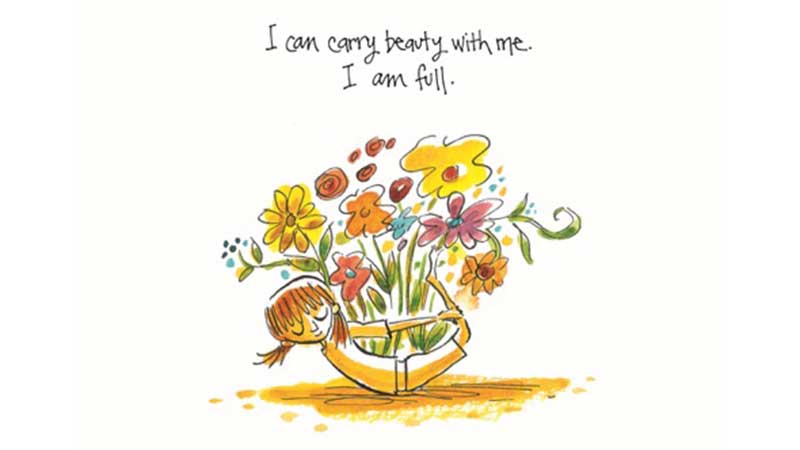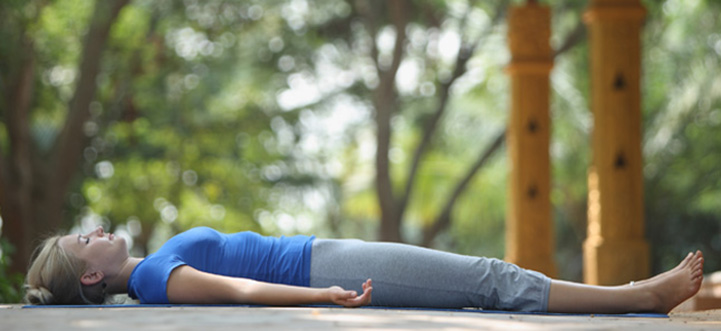I decided to write another post on yoga this week in order to go a bit deeper into the various poses and their benefits. All yoga poses have varying effects on the body and can either be relaxing or turn your session into more of an intense workout. Here’s a bit more on some specific poses you can try!
The Bridge (Bandha Sarvangasanda)
The bridge pose engages muscles all over the body. Start by laying on the floor and placing your hands on the ground, then using your arms and legs to hoist your hips in the air. This pose opens the chest and stretches the spine, as well as stimulates the thyroid.

Downward-Facing Dog (Adho Mukha Svanasana)
This pose is one of the most popular poses in yoga. If you’re looking for a deep stretch in your hamstrings and calf muscles, I recommend trying this. From your hands and knees, curl your toes under your feet and shift your weight back with your butt in the air. This pose is said to improve digestion, relieve menstrual cramps, energize the body and calm the brain.

Cat (Marjaryasana) Cow (Bitilasana)
I put these two together because I always do them with each other. Like much of the population, I hold all of my stress in my back. Doing cat-cows really works the muscles of the back, especially lower back, and helps alleviate some of the tension. I alternate the two, holding each position for a second before transitioning into the next, so it is more of a fluid motion.


Sphinx Pose (Salamba Bhujangasana)
Sphinx pose is a fairly simple pose and so good for beginners. It lifts the heart and strengthens the abdominal organs while engaging the spine. Be especially aware of your lower belly to keep yourself in the same position while holding the pose.

Half Moon Pose (Ardha Chandrasana)
The half moon pose is a balance pose. It is definitely one of the more tricky items on this list, especially if you’re like me and have no balance. However, it can still be fun to give it a try! All of your strength must come from the leg that remains on the floor– your hand is only there to provide a bit of support for balance. This pose relieves backaches, anxiety, menstrual pain and indigestion.

Upward-Facing Dog (Urdhva Mukha Svanasana)
I usually transition to this pose before or after upward dog. It opens the chest and stretches the spine. Lift your legs a bit off the floor when performing this pose. Upward-facing dogs is said to have numerous benefits, such as improving posture, stimulating abdominal organs, and relieving depression and fatigue.

Go forward with your newly learned poses and have fun with them! Remember: practice makes perfect and it takes some work to position your body just right for any pose, so don’t get discouraged with it. This is all to help improve your body and relax your mind.
Sources
http://www.yogamagazine.com/bridge-wheel-pose/
https://www.yogajournal.com/poses/





 Here is my jar!
Here is my jar!